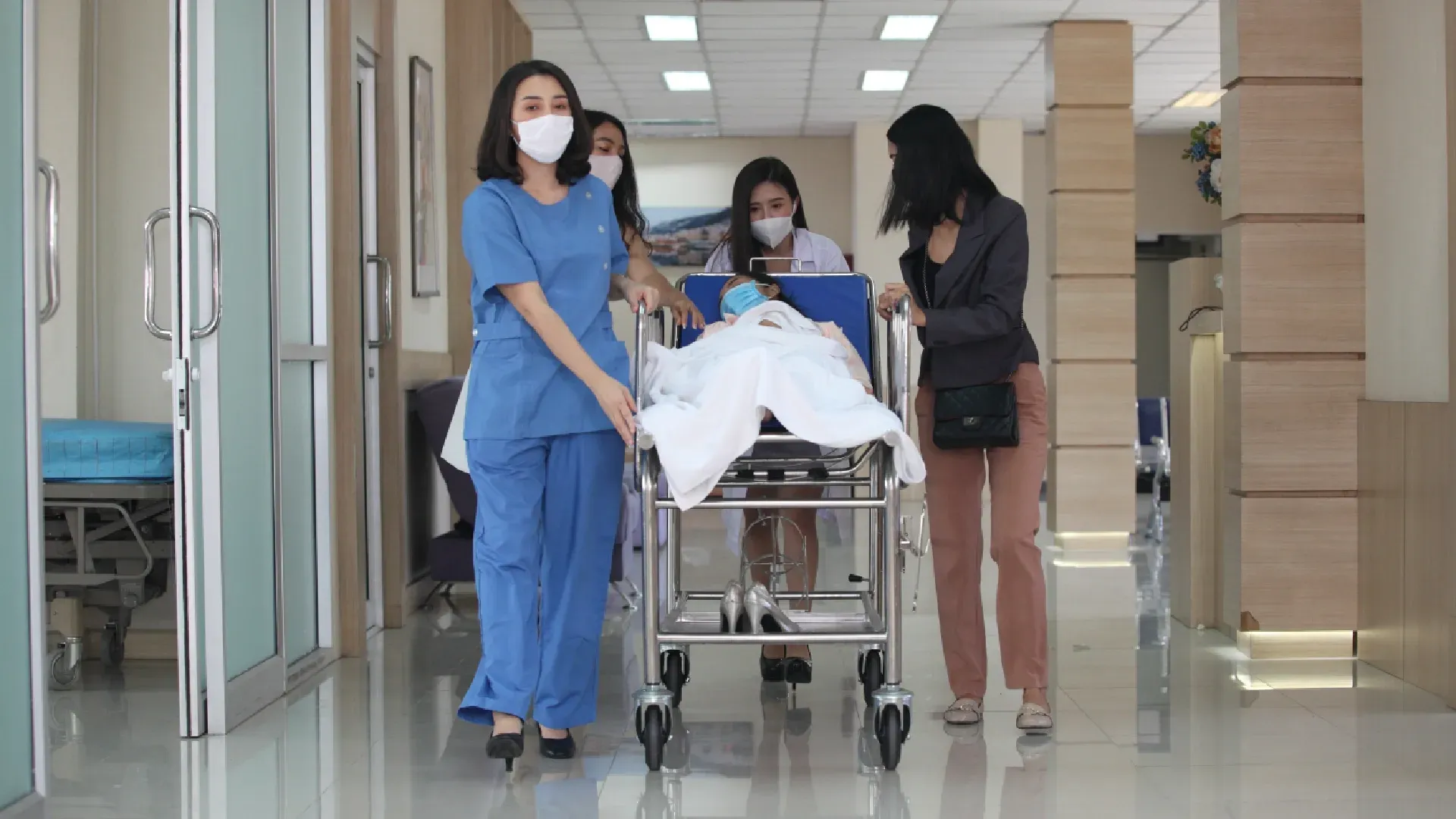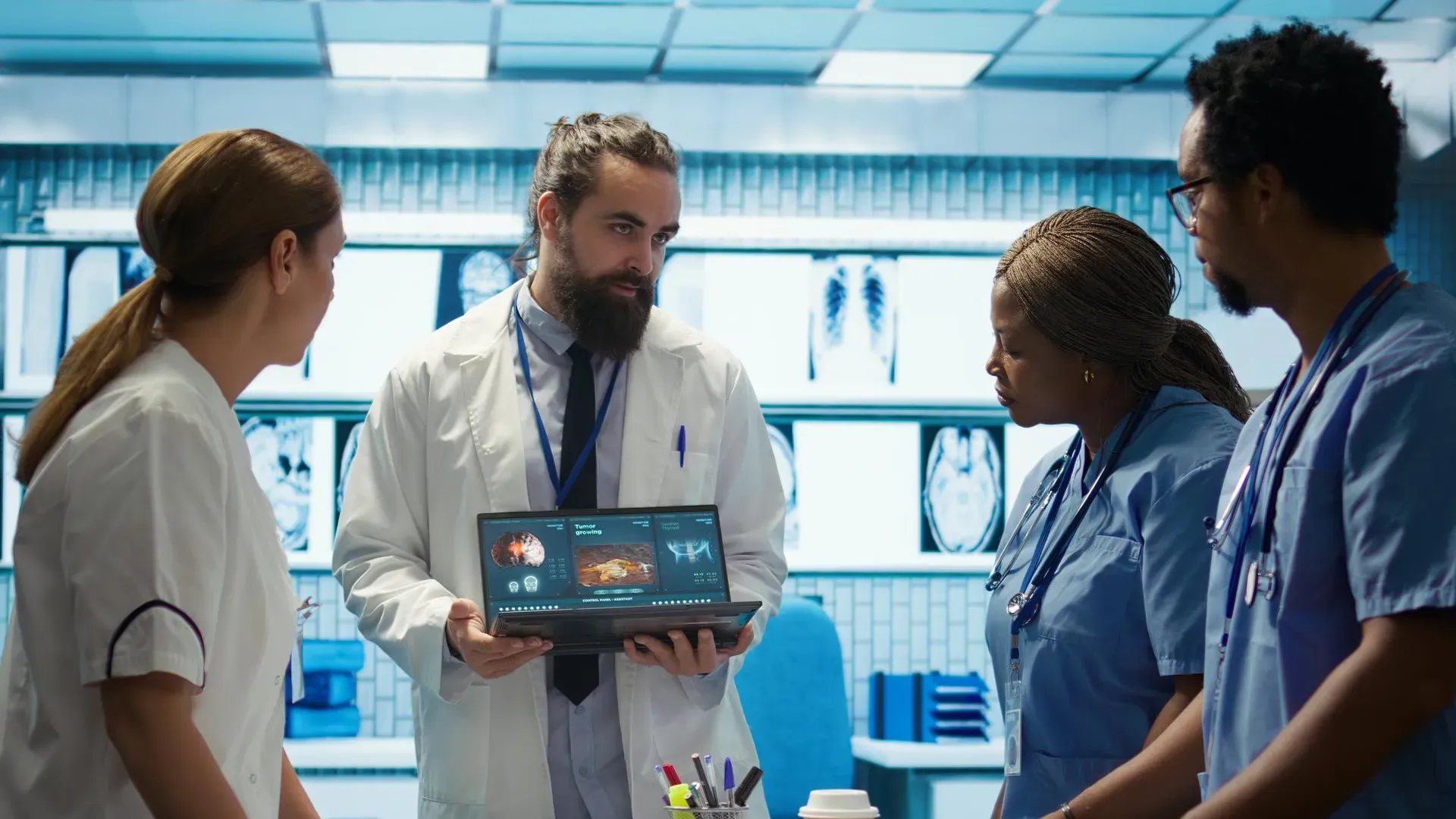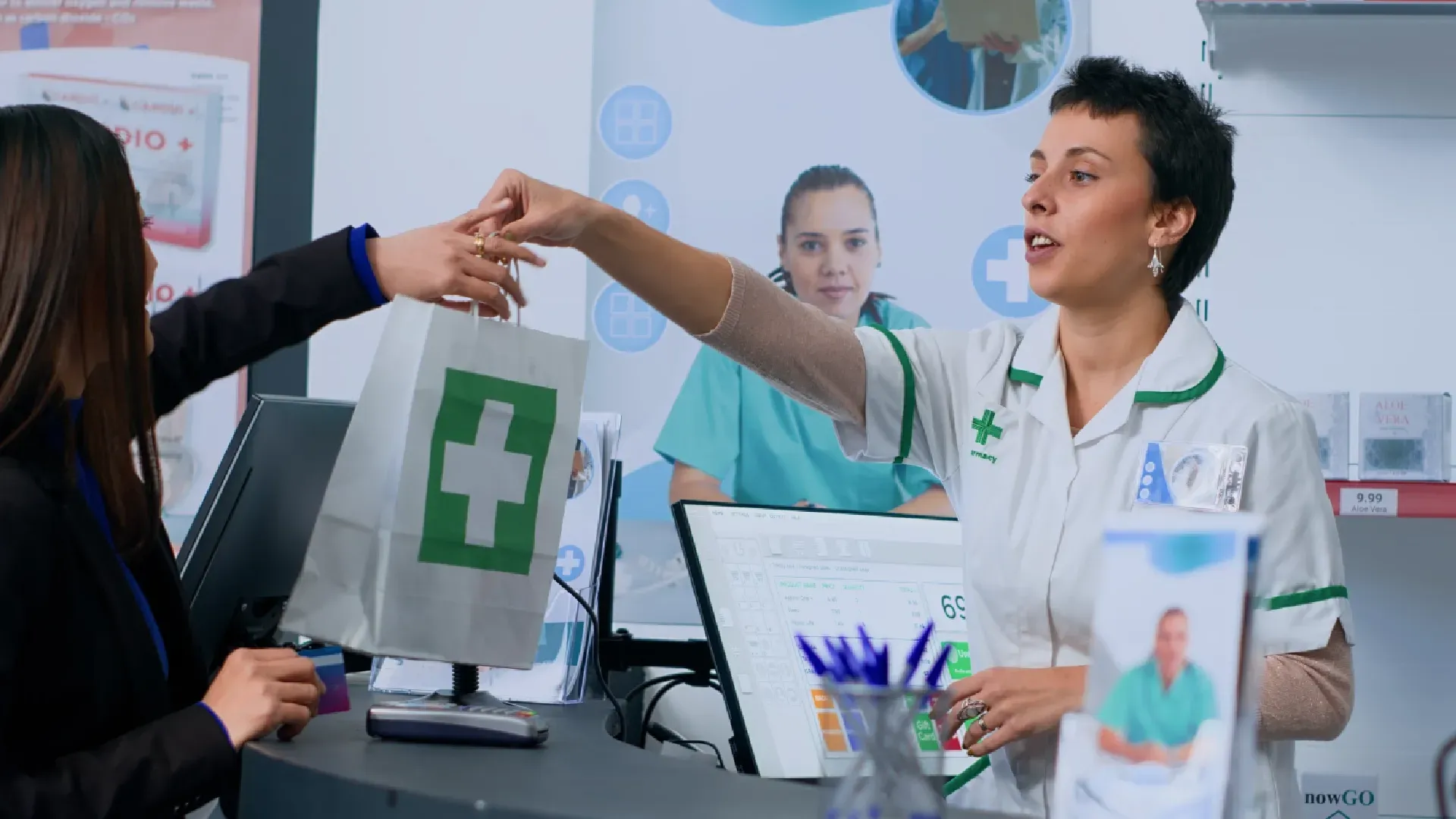How to Effectively Manage and Support Your Locum GP Workforce
Locum General Practitioners (GPs) play a crucial role in ensuring the smooth operation of medical practices when permanent staff are unavailable. Whether covering for short-term absences, maternity leave, or handling sudden surges in patient demand, locum GPs help maintain the continuity and quality of care. However, successfully integrating and managing locum GPs within a healthcare team requires more than just filling a vacancy. Effective management of locum staff is essential to ensure smooth operations, high-quality patient care, and a positive working environment. Here are some best practices for integrating and supporting your locum GP workforce.
Clear Communication from the Outset
Effective communication is the foundation of a successful working relationship with locum GPs. Before their first day, ensure that they have a comprehensive understanding of your practice’s operations, procedures, and expectations. This can include providing locum doctors with important information about patient demographics, any specific policies, and the practice’s daily workflow. A well-structured handover from the previous GP or practice manager ensures that locums are prepared and confident in their roles.
Consider providing locums with an orientation session that includes a tour of the practice, introductions to the permanent team members, and an overview of the practice's IT systems, medical records, and protocols. This upfront investment in time and communication ensures that the locum GP can hit the ground running without feeling overwhelmed or unprepared.
Establishing Clear Expectations
Setting clear expectations is critical for both the locum GP and the rest of the healthcare team. Make sure the locum understands their role, the expectations for patient care, and the practice's goals. This includes discussing working hours, patient load, responsibilities, and any special tasks. Be clear about which clinical areas they will be focusing on and any procedures or administrative tasks they are expected to follow.
In addition, it’s essential to set expectations for communication. Establish how and when you prefer the locum GP to communicate with the team, whether through daily handovers, emails, or during scheduled meetings. This clarity reduces misunderstandings and ensures that everyone is on the same page, which is vital in a healthcare environment where patient safety is paramount.
Offering Support and Encouragement
While locum GPs are often experienced professionals, they still need support to integrate smoothly into your team. Offering a supportive environment helps them feel valued and motivated during their tenure. Encourage an open-door policy where the locum feels comfortable asking questions, voicing concerns, and seeking advice from other team members.
It is equally important to ensure they receive any necessary training or updates about your practice’s technology, systems, or patient management protocols. If the practice uses a specific software or EHR (Electronic Health Records) system, ensure that the locum GP is adequately trained and comfortable using it. This support ensures that the locum can provide high-quality care and avoid administrative errors.
Encouraging Team Integration
Although locum GPs are typically temporary members of the team, it’s crucial to foster a sense of camaraderie and inclusion. Introduce locums to the permanent staff, make them feel welcome, and involve them in team meetings and discussions. This helps build rapport, trust, and collaboration, ensuring that locums can effectively communicate and work alongside other healthcare providers.
Encouraging team integration also extends to promoting a shared understanding of patient care. Ensure that locums are aware of any unique patient needs, treatment protocols, and special considerations within the practice. A team-oriented approach helps locum GPs feel like a part of the practice, improving job satisfaction and ultimately benefiting patient outcomes.
Providing Feedback and Recognition
Regular feedback is essential for maintaining performance standards and ensuring that locum GPs are meeting expectations. Constructive feedback allows locums to improve and adapt their practices, while positive feedback acknowledges their contributions to the team. Whether it’s recognising their clinical skills or their ability to integrate quickly into the team, recognition helps boost morale and encourages locums to perform at their best.
Similarly, encourage locum GPs to provide feedback on their experience working with the team. This allows you to address any concerns or improve processes in the future, ensuring that both the locum and permanent staff have positive experiences.
Continuity of Care and Patient Satisfaction
Locum GPs must maintain a high standard of care to ensure patient satisfaction and continuity of care. It’s essential to keep patients informed about the presence of a locum GP and reassure them that their health needs will be met with the same quality of care they expect. If possible, provide a brief introduction or information about the locum to patients, helping them feel comfortable with the temporary change.
Encourage locum GPs to maintain open communication with patients, ensuring that their concerns are addressed and that continuity of care is prioritised. Documentation of patient information is essential to ensure that the next healthcare provider can continue treatment without disruption.
Managing Shift Changes and Handover Protocols
Effective handovers between locum GPs and permanent staff members are essential to ensuring a smooth transition and continuous patient care. At the end of each shift, locums should document patient notes, provide updates on ongoing treatments, and pass on relevant information to the incoming team member. Clear handover protocols ensure that no critical details are missed, and patient care is not compromised.
For medical practices, setting up a structured handover process, including a checklist or template, can simplify this task and enhance communication. This allows locums to leave a comprehensive record of their interactions, patient progress, and any follow-up actions, giving permanent staff the information they need to carry on with patient care.
Conclusion
Effectively managing and supporting your locum GP workforce is essential for ensuring seamless operations and high-quality patient care. Clear communication, setting expectations, offering support, and integrating locums into the team are all key factors in ensuring that locums can make a positive impact. By providing them with the tools and environment they need to succeed, practices can maximise the benefits of hiring locum GPs while maintaining continuity of care and patient satisfaction. As locum GPs continue to play a crucial role in filling staffing gaps, healthcare providers must recognise their value and ensure they are well-supported throughout their tenure.











